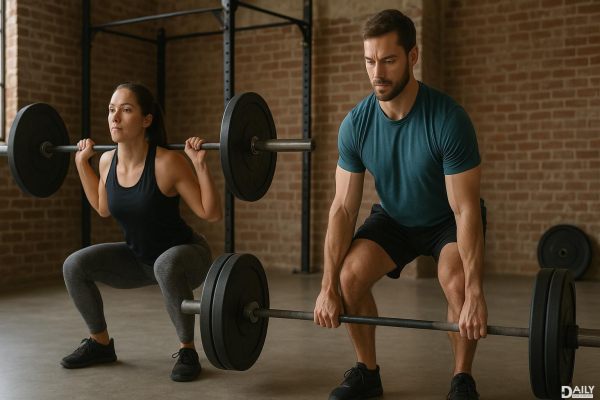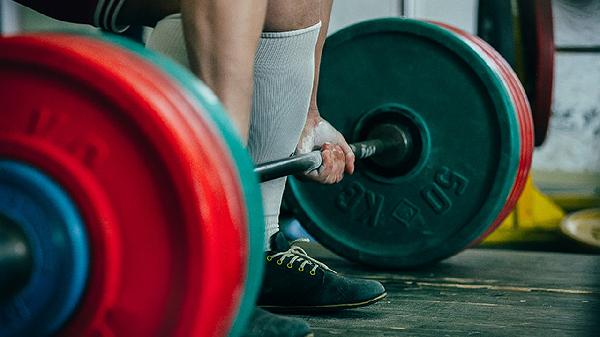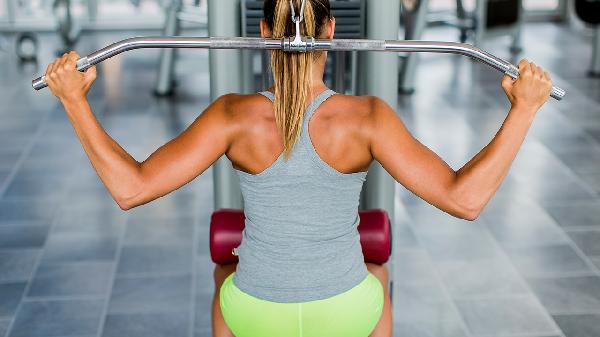How much can you bench? If you've ever set foot in a gym, you've probably heard—or asked—this question. It's the ultimate bro-test, the unspoken measuring stick of strength. But here's the truth: your bench press max isn't the end-all-be-all of fitness. Sure, pushing heavy weight is impressive, but strength is way more nuanced than a single lift. Let's break down what your bench really says about you—and why obsessing over it might be holding you back.

Walk into any gym, and you'll see at least one person camped out on the bench, grinding out reps like their life depends on it. The bench press has become the gold standard for measuring upper-body strength, partly because it's simple to understand—more weight equals more strength—and partly because it's been glorified in pop culture for decades. From Rocky Balboa to The Rock, the image of someone hoisting a loaded barbell is synonymous with power. But here's the thing: the bench press only tests a very specific kind of strength. It doesn't measure endurance, mobility, or even full-body functional strength. So while hitting a new PR feels amazing, it's just one piece of the fitness puzzle.
Your bench press max is a snapshot of your upper-body pushing strength, primarily targeting your chest, shoulders, and triceps. But it also relies heavily on technique, grip width, and even leg drive. Two people with the same bench numbers might have wildly different strengths elsewhere—like one crushing pull-ups while the other struggles with bodyweight rows. Plus, your bench performance can be influenced by factors like limb length (shorter arms = mechanical advantage) and muscle insertions (where your muscles attach to bone). So while it's a decent benchmark (pun intended) for progress, it's not the definitive measure of overall fitness.
Focusing too much on your bench can lead to imbalances—both physically and mentally. Physically, overemphasizing chest and triceps work while neglecting back and legs can create posture issues (hello, hunched shoulders) and increase injury risk. Mentally, tying your self-worth to a number on the bar is a fast track to frustration. Plateaus happen. Bad days happen. And if your entire fitness identity is wrapped up in one lift, those setbacks hit harder. Worse yet, some people resort to sketchy techniques—like bouncing the bar off their ribs or arching their back like a gymnast—just to add five more pounds. Not worth it.
If you want real, functional strength, you've gotta diversify. Incorporate movements like overhead presses, dips, and push-ups to build well-rounded pushing power. Don't forget pulling exercises (rows, pull-ups) to balance your upper body and protect your shoulders. And for the love of gains, train your legs! Squats and deadlifts build full-body strength that translates way beyond the gym. Even if you're a die-hard bench enthusiast, mixing in unilateral work (single-arm presses, dumbbell variations) can iron out imbalances and keep your joints happy.
Want a bigger bench? Cool—just don't make it your entire personality. Start by nailing your form: retract your scapula, keep your elbows at a 75-degree angle, and drive through your legs. Progressive overload (gradually adding weight) works, but so does varying rep ranges—try heavy triples one day and higher-rep hypertrophy work another. Accessory lifts like triceps extensions and chest flyes can shore up weak points. And for the love of gains, rest! Your muscles grow when you recover, not when you're grinding yourself into the ground.
At the end of the day, your bench press is just one tool in the toolbox. Strength isn't about a single number—it's about moving well, staying injury-free, and enjoying the process. So next time someone asks, "How much can you bench?" feel free to answer... or just smile and ask them how much they can deadlift instead.
























